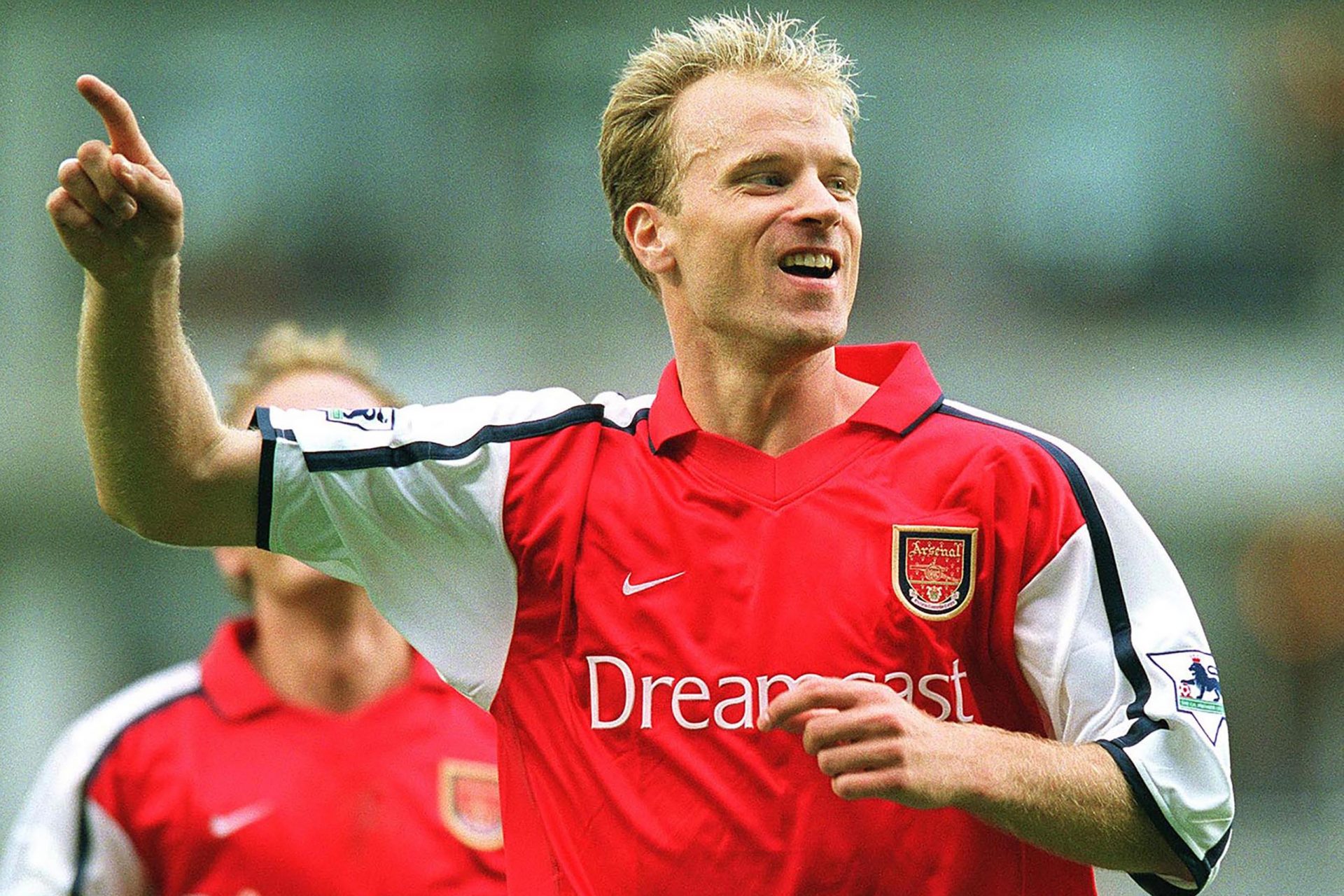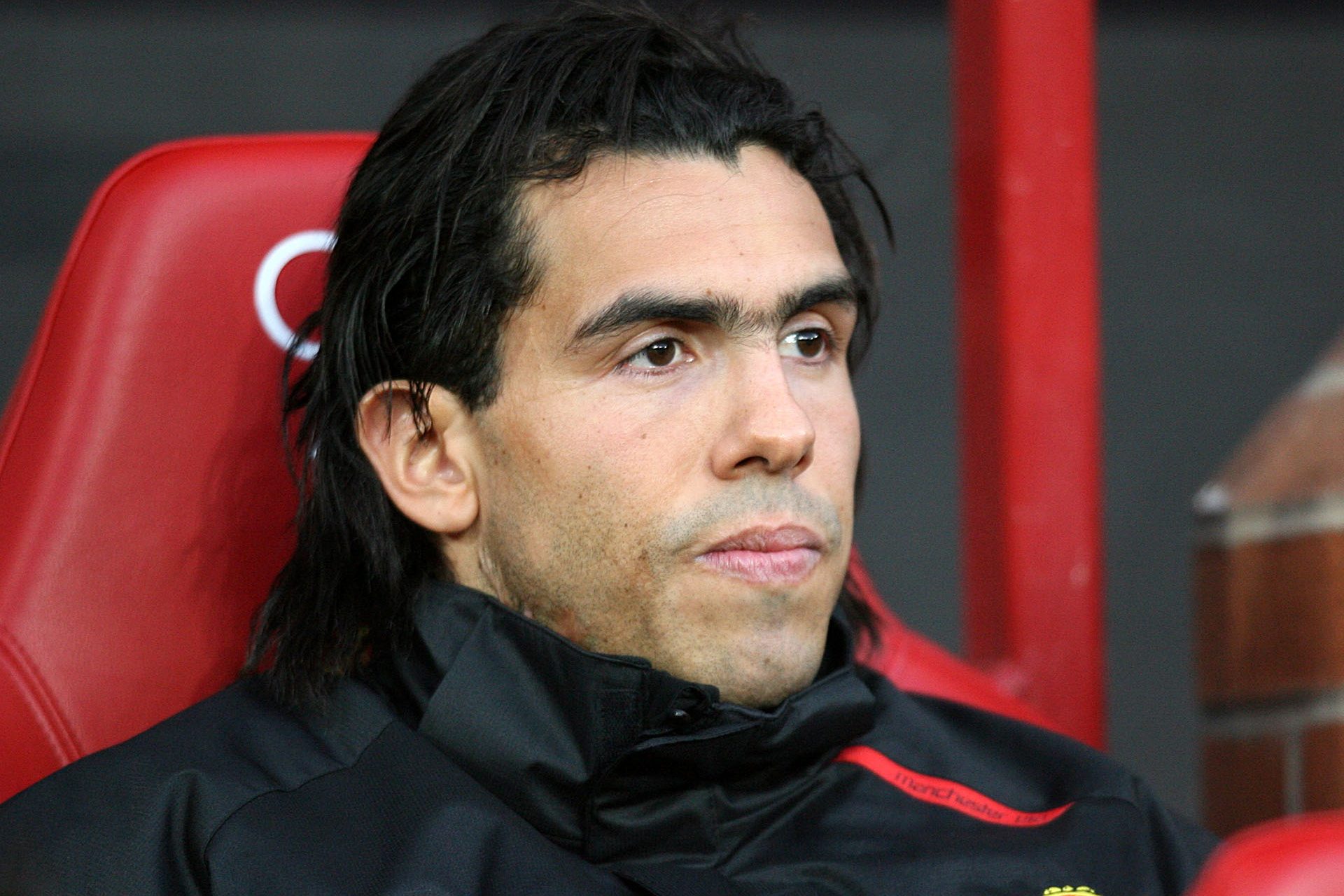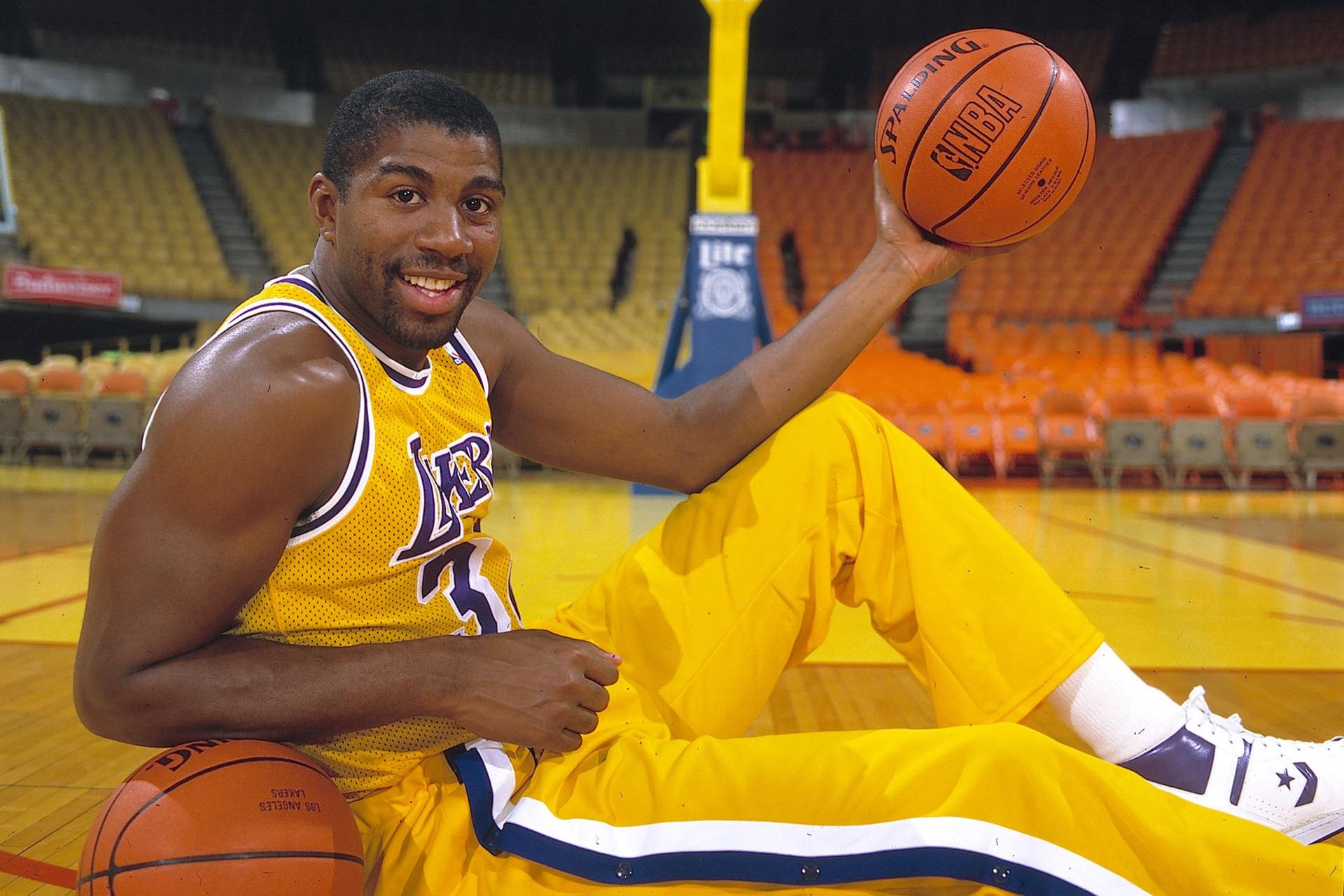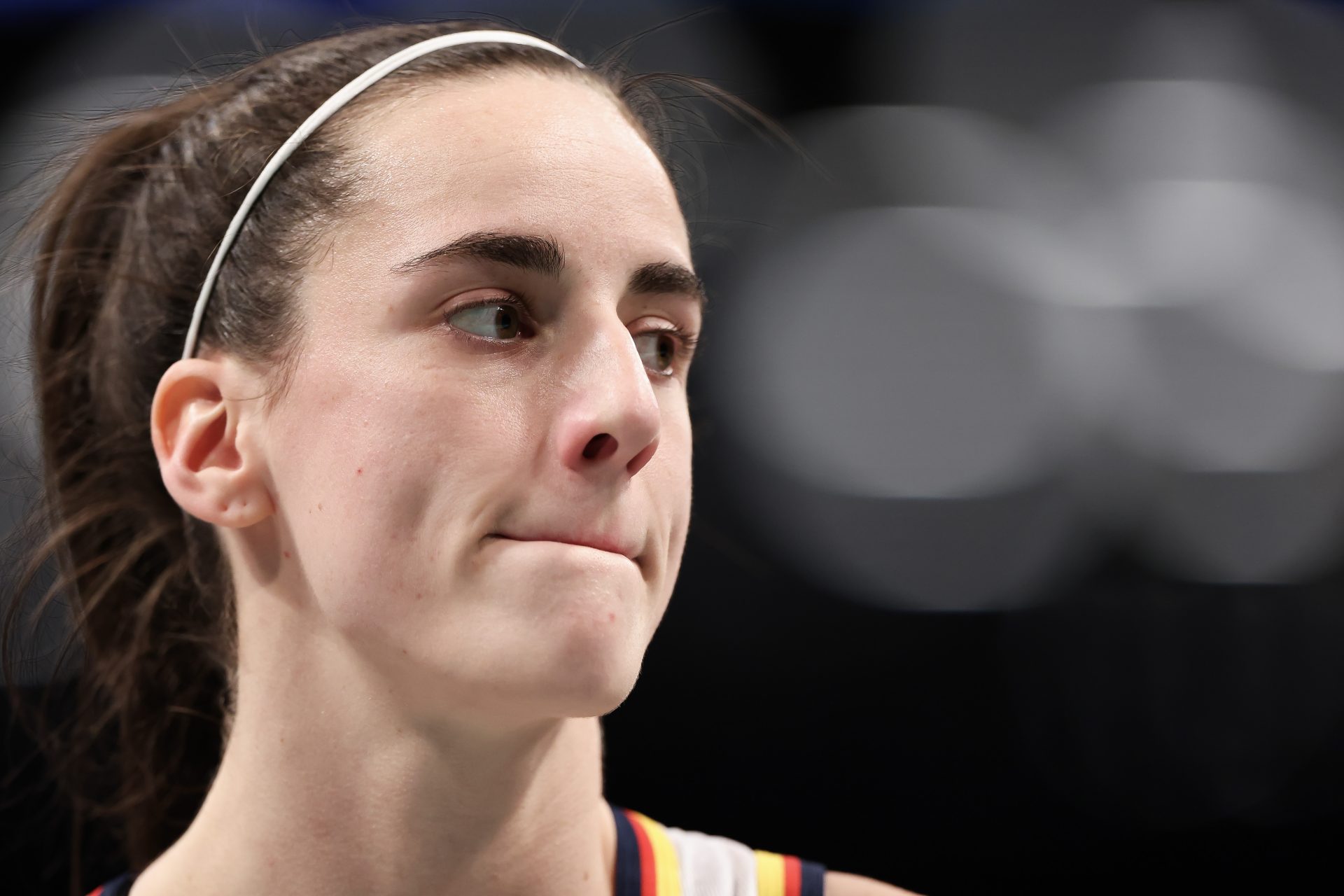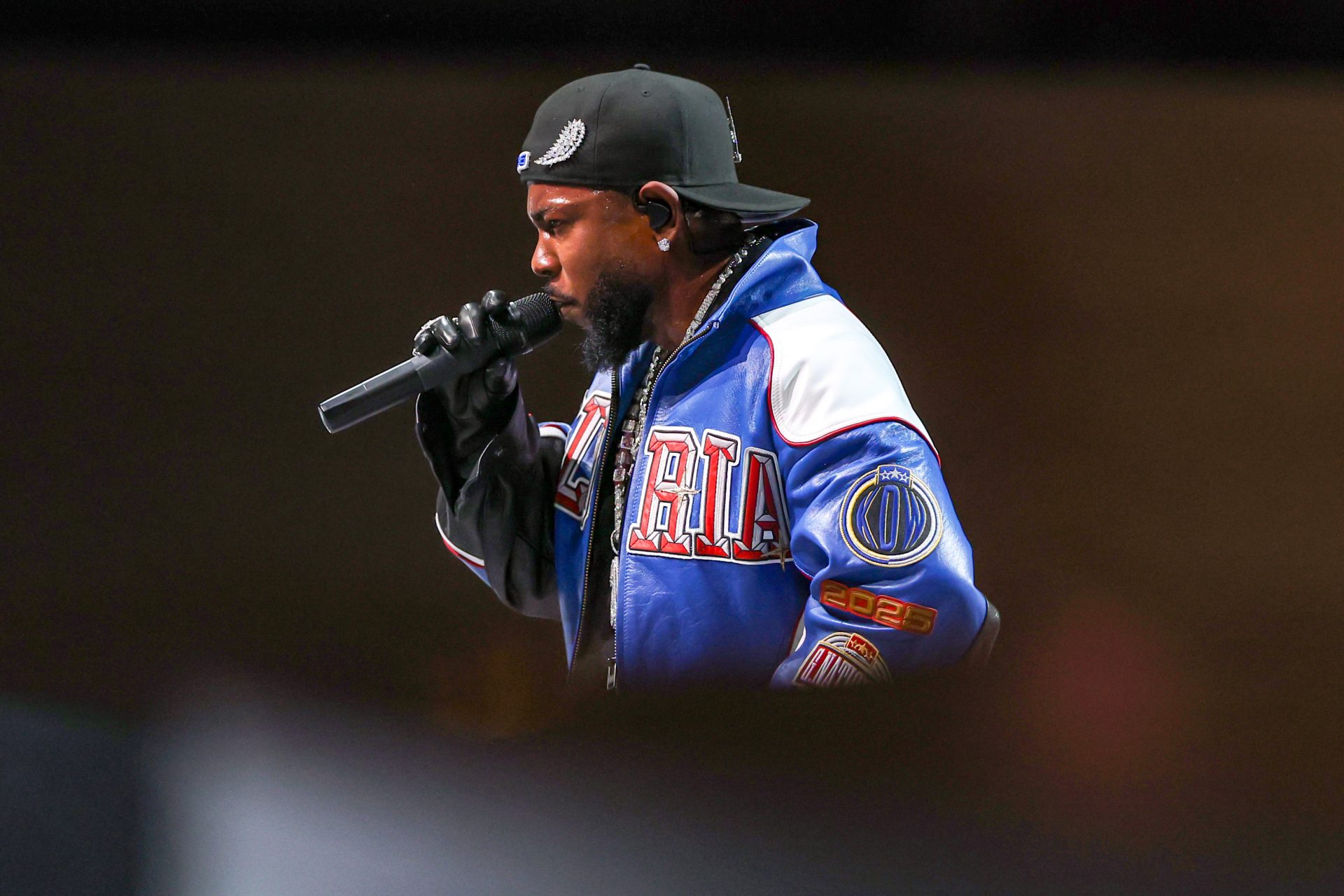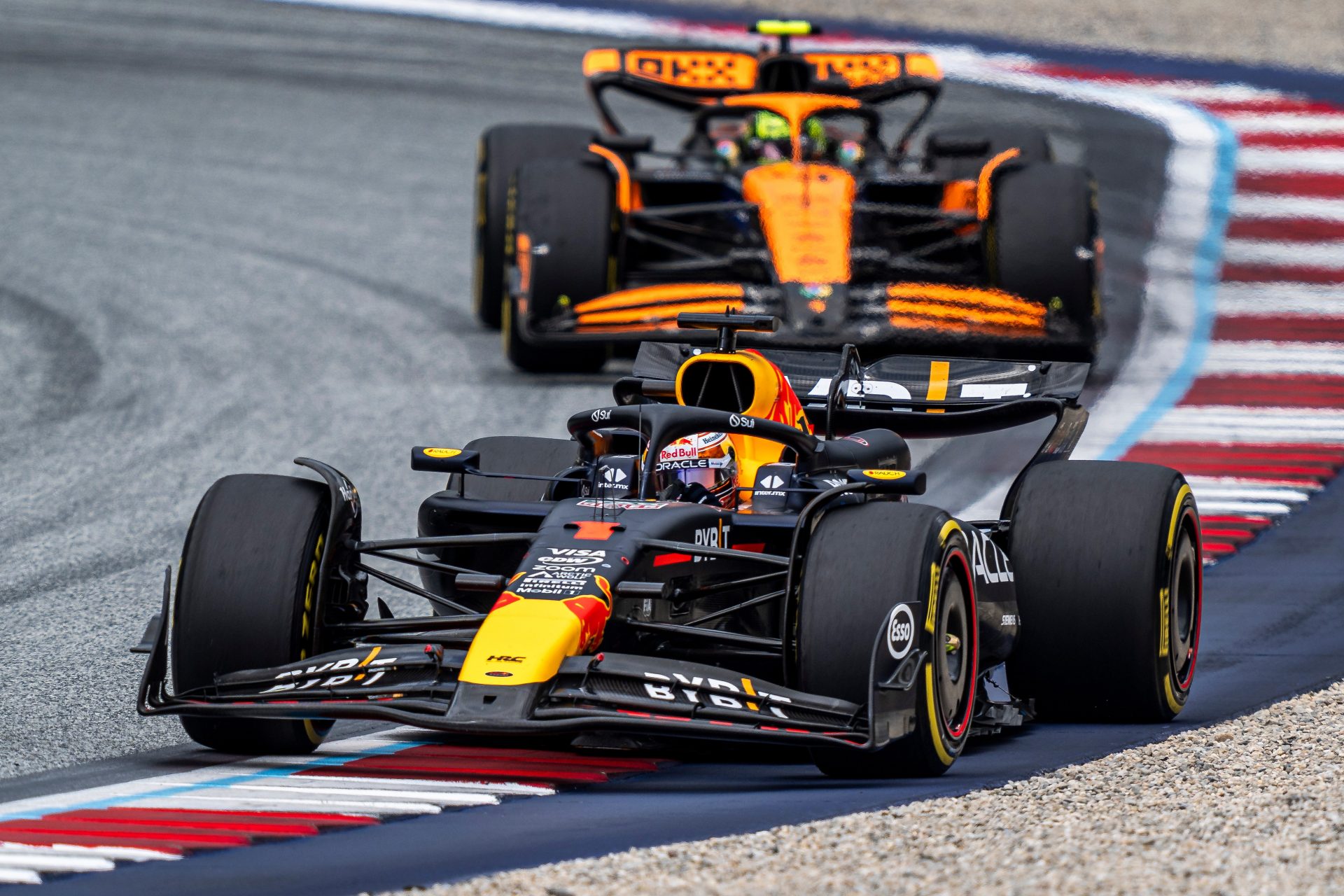Fatal attraction: Recent accidents that have rocked the Formula One world
Formula One is notoriously one of the most dangerous sports in the world.
Throughout history, some drivers have been dealt fatal consequences in their time in the Formula One circuit.
Let's look through the ten most recent devastating losses in the sport.
At Watkins Glen race circuit in 1973, Cevert was battling for the podium in qualifying when his car swerved towards the right-side track, causing him to crash at 90 degrees, uprooting and lifting the barrier. The crash was so severe it fatally cut his body between his neck and hips.
Again at the US Grand Prix, Helmuth Koinigg had only entered three Formula One races before his tragic passing on the circuit. The Austrian driver's suspension failed heading into a corner, resulting in him hitting the poorly built Armco Barrier, passing under it, and becoming decapitated as a result.
Formula One racer Mark Donohue lost control of his car due to tire failure at the Austrian Grand Prix, causing him to catch fencing at the fastest corner of the track. Although he wasn't injured significantly in any apparent way, Donohue fell into a coma from a cerebral hemorrhage and died the day after.
At the South African Grand Prix, driver Tom Pryce hit a Fire Marshall steward attending another Formula One car on fire. The Fire Marshall student died on impact of the crash, and Pryce's head hit the fire extinguisher he was carrying, causing instant death due to head trauma.
At the Italian Grand Prix, an early green light at the beginning of the race gave the drivers at the back of the grid a running start on the drivers at the front, resulting in all the drivers being bunched together at the first corner.
Peterson's car was bumped directly into the metal barriers, causing his vehicle to catch fire and nearly destroying his legs. Peterson was rushed to the hospital to fix his legs. However, the next day his condition worsened and he died of complete kidney failure due to the embolism.
In qualifying at the Belgium Grand Prix, Villeneuve crashed into the back of Jochen Mass's car after he had slowed down to let Villeneuve pass. The crash resulted in the Canadian driver being launched into the air at high speed and landing 50m away from his car.
Villeneuve was transferred to the hospital still with a pulse, but he was diagnosed with a fatal fracture to the neck. He was kept alive on life support until his wife arrived.
Paletti qualified for the Canadian Grand Prix, the first time he would successfully be in the full line-up. At the start of the race, the lights took unusually long to turn green, making front-runner Didier Pironi's car to stall.
Paletti was the only driver to crash into the stalled car, driving at over 100 miles per hour, resulting in serious chest injuries and a loss of consciousness. As stewards tried to cut Paletti out of the car, his car was engulfed in flames. When he was taken out of the vehicle, the driver had already lost his pulse.
It was Roland Ratzenberger's third-ever race when he fatally crashed at the San Marino Grand Prix. An unexpected fault with the front wing sent Ratzenberger into the Villeneuve corner, resulting in a fatal basilar skull fracture.
Perhaps the most famous Formula One fatal crash was Ayrton Senna's crash at the same 1994 San Marino Grand Prix that resulted in Roland Ratzenberger's death.
The three-time Formula One champion crashed at the Tamburello corner on lap seven and hit the concrete retaining wall. The crash killed Senna on impact due to the loss of function in his brain.
On lap 43 of the Japanese Grand Prix, Bianchi lost control of his car and collided with the rear of a tractor crane. The driver was knocked unconscious and taken to the nearest hospital.
Bianchi would remain in a coma and critical condition until July 2015 (Nine months after the race), when he passed away on the 17 July 2015 due to injuries from the crash.
More for you
Top Stories





















